All over London, upcycled stretchers from World War II can be found on public display — not as monuments or memorials, but as everyday elements of urban infrastructure. Many housing estate fences, initially stripped for critical materials to aid the war effort, were reconstructed with stretchers suspended between vertical supports.
Over 600,000 steel stretchers were built by Air Raid Precautions (later: the Civil Defense Service), an organization dedicated to protecting civilians during air raids leading up to and through the Blitz. They were made of metal so they could be easily disinfected in case of gas attacks.
In the wake of the war, the London County Council began utilizing these surplus stretchers as railing fixtures. They are easy to spot if you know what to look for — most are black with wire mesh and curved supports used to lift a stretcher up off the ground.
Estates in places like Peckham, Brixton, Deptford, Oval and East London still feature surviving stretchers. Exposed to the elements, though, many are deteriorating and some have already been taken down.
“Some local authorities have removed sets of railings in recent years due to their degradation,” explains the website of the Stretcher Railing Society. Their organization “believes that these railings are an important part of our heritage and should be preserved as an integral element in the fabric of these iconic mid-century housing estates.” They’re raising awareness and get both citizens and local governments involved in preservation efforts.
“When … someone told me about them, I think was slightly taken aback and I think it was more of a human connection to them, really,” architectural conservationist Rosie Shaw told the CBC. “To look at the volunteers who were using them and the lives that were saved [or] maybe lost on them … I think that’s why so many people have responded to them in the way that they have.”
Per the map above, the Stretcher Railing Society has begun cataloging locations of stretchers around the city, and at least one local council has plans to flag any development that involves a stretcher railing. Like Shaw, many Londoners hope to preserve these tangible pieces of wartime history (images via the Stretcher Railing Society).
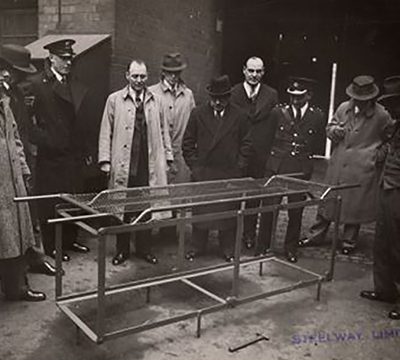


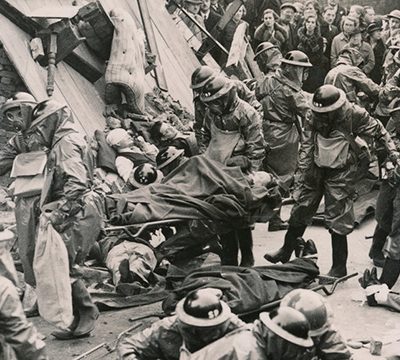
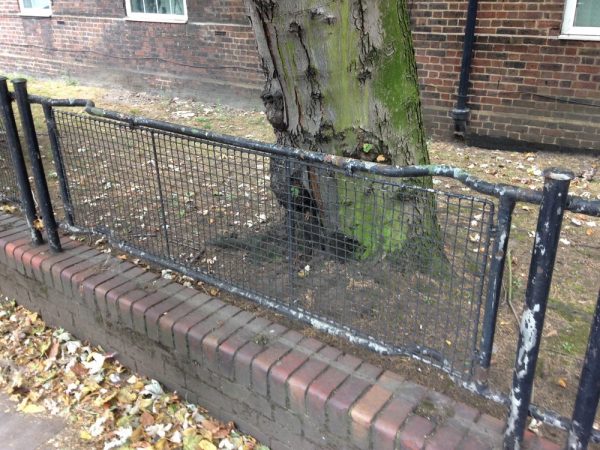
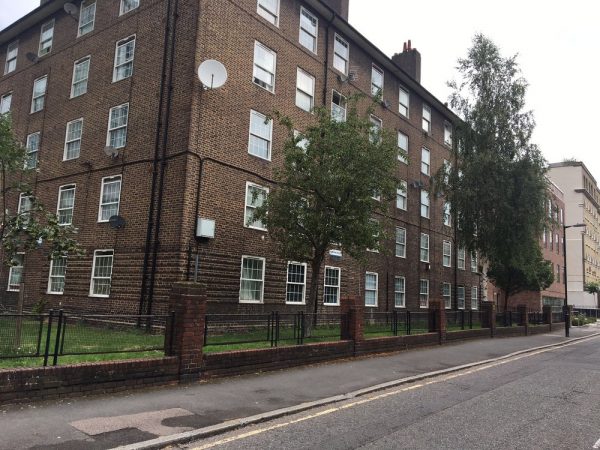
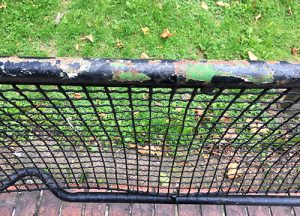



Comments (3)
Share
There’s a lot to be seen in you know what to look for. When Seattle got rid of its trolly rails, it had thousands of concrete rail ties to dispose of. They used some to build a retaining wall next to my place on Thornton Creek. Miles away, I saw others used for part of the sidewalk in front of Woodland Park Zoo. You spot them by looking for the holes in the concrete that were used to tie down the rails, much like there’s that bend in the railing for those WWII stretchers that became fences.
In London, I’m also told that you can still see WWII bomb shelters that now have a second life as tool and garden sheds. It’s good to recycle items to other purposes like that rather than cluttering landfills.
Not just London, but all over southeast England there are machine gun pill boxes and concrete pads on which antiaircraft guns were mounted. I keep stumbling across them when walking in the countryside. We did have the remains of a shelter in our back garden in a previous house. It was shared with the house next door, evidently, and was largely demolished after the war when the brick wall between the two gardens was restored. There was a rockery which I suspect was largely made up of whatever was left of the shelter. That was in Bedford, about 35 miles north of London.
There’s a wonderful project on the topic by artist Paweł Czarnecki on Warsaw. He’s put ceramic plasters on the buildings spotting bullet holes from WWII: http://puszka.waw.pl/-warszawska_sztuka_mapa_szukaj-pl.html?q=dorany